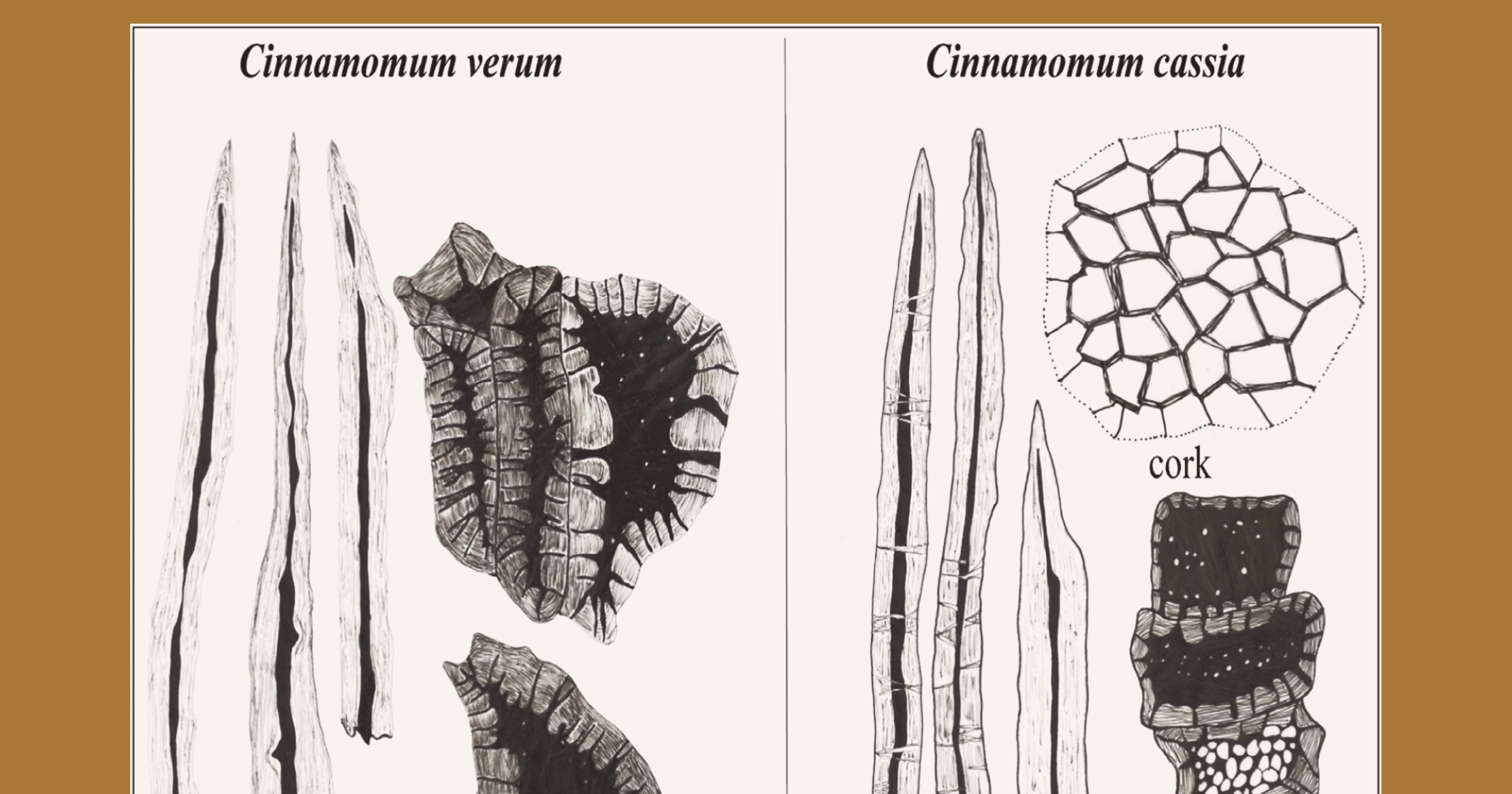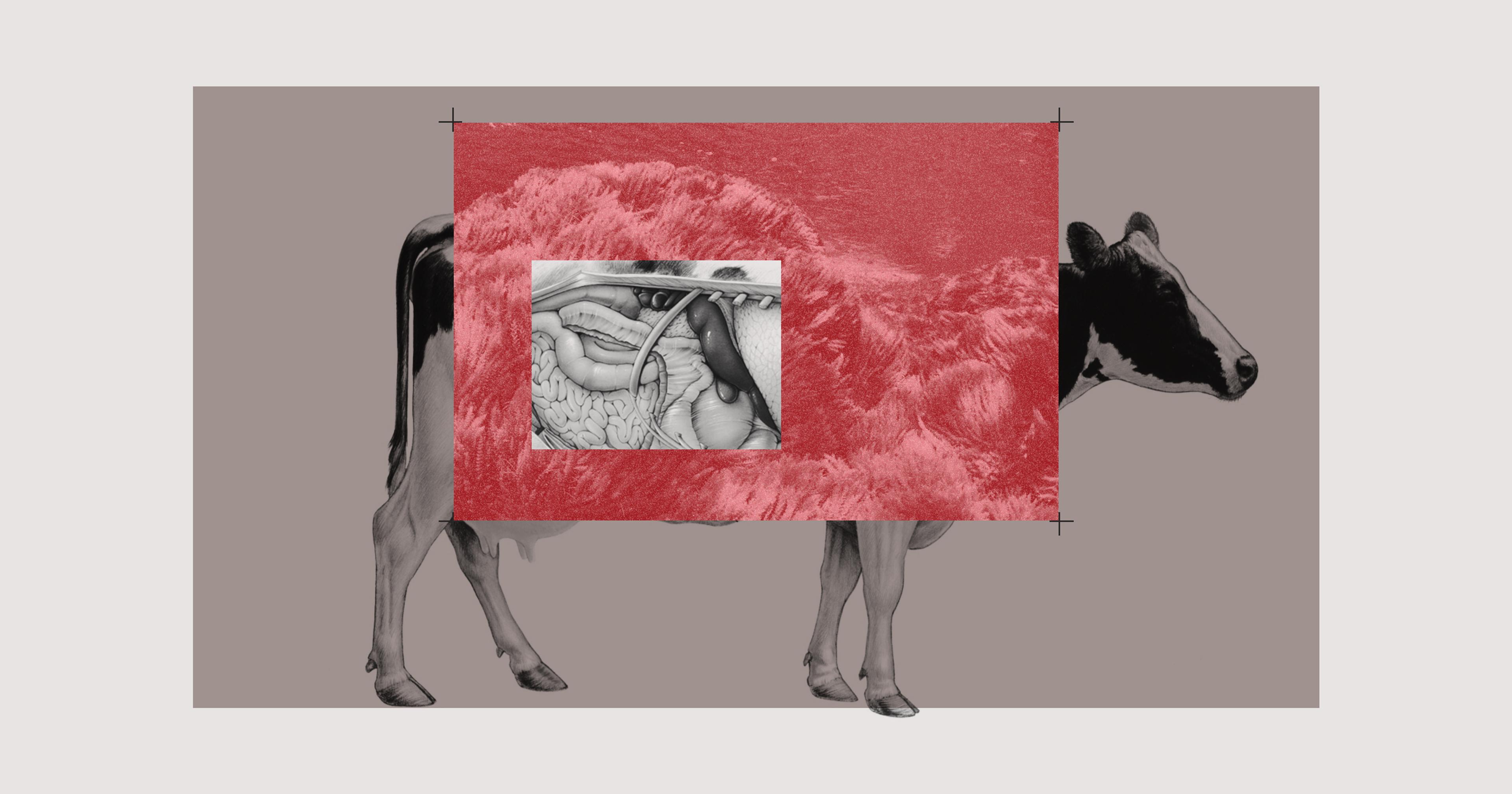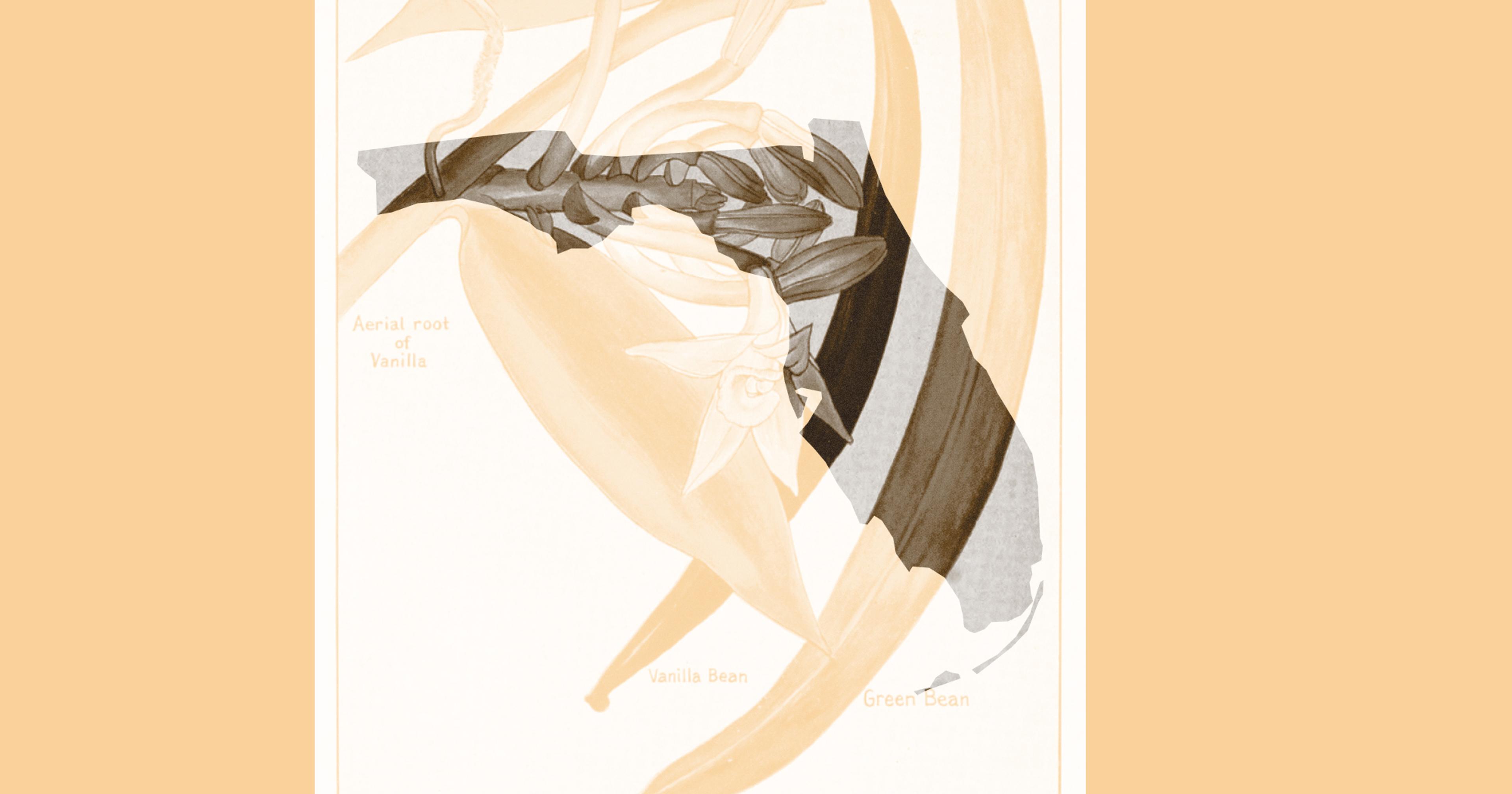Most of our “cinnamon” imports actually come from the bark of the cassia tree — a cheaper product. What are we missing out on?
When it comes to which cinnamon to purchase at the supermarket, how much is there to consider? There’s price, size, country of origin … oh, and: “Is it actually cinnamon?” Most mainstay brands in your typical spice aisle don’t offer the real thing. Instead, they sell bark from cassia trees, a cheaper and more easily cultivated plant, under the same name.
In the U.S., regulators allow multiple plant species in the cinnamon family to be marketed as cinnamon, though only one, Cinnamomum zeylanicum, also known as Ceylon cinnamon, is the “real” varietal. You’re far more likely — nine times more likely, in fact — to come across Cinnamomum cassia (from China), Cinnamomum loureiroi (from Vietnam), or Cinnamomum burmannii (from Indonesia), all commonly known as cassia.
Ceylon cinnamon is often called “true” cinnamon and is native to Sri Lanka (formerly called Ceylon under colonial rule). Today, some 80% of Ceylon cinnamon is produced on the island — the rest comes from Seychelles, Madagascar, and northwestern India. It’s made using the inner barks of the Cinnamomum tree. Compared to the hard and hollow cassia bark, Ceylon cinnamon has a pliable texture and can be rolled like a cigar. Its flavor and aroma are extremely delicate and the ground spice is significantly lighter in color.
Cassia, on the other hand, is likely what you picture as “cinnamon”: a ground, reddish-brown powder with a strong, spicy-sweet flavor. And while the U.S. Food and Drug Administration (FDA) acknowledges them as distinct substances, it doesn’t require they be packaged as such. That’s why they both show up in stores labeled as cinnamon.
The traditional processing of Ceylon cinnamon is very labor-intensive. It involves cutting the trees; cleaning and washing them; removing the knots; scraping, rubbing, and peeling the tree; drying the sheets; and, eventually, rolling them into quills — all by hand. A skilled cinnamon peeler can produce four to five kilograms of dried processed cinnamon daily. To achieve this target, the peeler has to peel about 50 harvested stems, working 10 to 15 hours. The generally low-efficiency and high-labor process accounts for around 60% of the cost of production.
Alternatively, cassia cinnamon is made by simply cutting down the tree, removing the bark, drying it, and exporting it. In the global market, cassia outweighs true cinnamon nine to one. This figure has steadily increased over the past decade, largely due to rising prices of Ceylon cinnamon — its per-kilogram price has nearly doubled over the past several years.
Unsurprisingly, many large manufacturers opt for cassia over Ceylon cinnamon. And though price is the foremost cause, local producers’ failure to comply with international food safety regulations has also impacted exports. Since the early 2000s, Sri Lanka has run into problems with high levels of residual sulfur dioxide, which is often used as a fumigant to kill bacteria and preserve the light-brown color of the cinnamon. These hiccups in quality control have impeded growers’ ability to export Ceylon cinnamon to some of the world’s largest markets, including the EU.
“We are trying to bring in legislation to label cassia as cassia and cinnamon as cinnamon.”
“We are trying to improve production processes to make it less costly, look for alternate markets, and currently lobby countries to bring in legislation to label cassia as cassia and cinnamon as cinnamon,” said Ranjith Pathirana, an honorary research fellow at the University of Adelaide who co-edited the book Cinnamon: Botany, Agronomy, Chemistry, and Industrial Applications. Pathirana said the Sri Lankan government is also working to support more cinnamon processing operations on the island so producers can export more of the end product, weeding out “adulterated” cinnamon on American spice racks.
Some manufacturers mix Ceylon cinnamon with cassia and market it as true cinnamon, unbeknownst to the consumer. And once in powder form, it’s nearly impossible to check. A study by the Indian Institute of Spices Research of products labeled true cinnamon in India — one of the U.S.’s largest sources of cinnamon — found that seven out of 10 samples contained cassia. Cinnamon is also sometimes cut with other spices such as pepper and clove, bringing the consumer even further from its true flavor.
Homogenizing and repackaging imported foods under one blanket term is nothing new. Some 69% of the imported olive oils sold on American shelves don’t meet international standards for extra virgin olive oil. Saffron labeling has been found to be frequently misleading or downright fraudulent. And the various varietals of turmeric are all sold under one name. However, in the case of cinnamon, there is a small caveat: All cinnamon varietals contain some amount of a natural compound called coumarin, but the levels found in cassia are considerably higher — 63 times higher in Chinese cassia powder — than those in Ceylon.
“I think it’s important to know that there’s more than one cinnamon. Let’s start with that.”
Adults shouldn’t exceed 0.1 milligrams of coumarin per kilogram of body weight, according to the European Food Safety Authority. While you are unlikely to hit such high levels of coumarin in your diet, a survey of foods did find a few common cinnamon-flavored products, such as breakfast cereals and granola bars, in which the coumarin content in a single serving exceeds Europe’s guidelines for a young child. The EU now mandates that manufacturers distinguish Ceylon cinnamon from cassia following a set of regulations in 2008 limiting the amount of naturally occurring coumarin foods can contain.
Is coumarin toxicity a big concern? Ikhlas Khan, director of the National Center for Natural Products Research at the University of Mississippi, says not necessarily. Coumarin is primarily harmful to people with preexisting health conditions, though Khan still believes consumers should be better informed of the actual products in their pantry. This is especially true for those who are using cinnamon as a wellness supplement.
Meanwhile, true cinnamon is getting special attention. To the delight of Sri Lanka, Ceylon cinnamon was recognized by the European Commission as a protected geographical indication in February 2022, the same designation separating Champagne from other sparkling wines. This status helps differentiate Ceylon cinnamon from cassia and offers a competitive advantage for producers by increasing the potential for more exports and premium prices, said Pathirana. Many hope the designation will help revitalize the livelihoods of true cinnamon producers, which have not recovered since the rise of cassia in global markets. This means that any label stating “Ceylon cinnamon” is true Sri Lankan cinnamon, though it still does not prevent cassia from being labeled as cinnamon, too.
An important question: Is one variety actually better than the other? “I think it’s important to know that there’s more than one cinnamon. Let’s start with that,” said Lior Lev Sercarz, chef and owner of La Boîte, a spice shop in New York City. As raw products, both Ceylon and cassia are two distinct spices within the Cinnamomum family. Each has its own flavor profile and uses. Some say, similar to how prosecco isn’t any less a wine than Champagne, perhaps that’s how cassia should be considered.
“At the end of the day, [cassia] is cinnamon, it’s part of the family,” said Sercarz. “I understand that the people in Sri Lanka have been very protective of the craft and the labor, and I’m all for it. But at the same time, I love both products. The culinary applications are completely different.”










